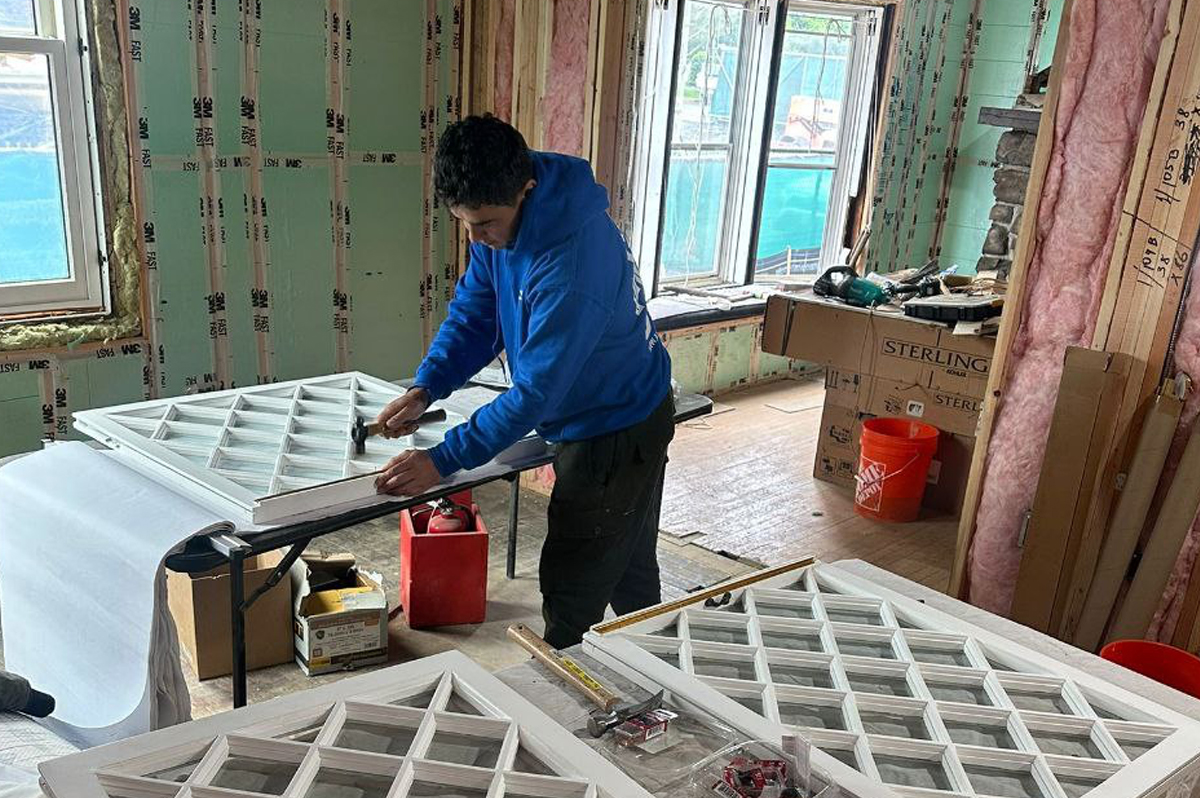
Preserving History Through Restoration
Historic wooden windows are more than just architectural features — they are physical connections to the past, showcasing the craftsmanship, style, and materials of earlier eras. When these windows deteriorate, homeowners are often faced with a choice: replace them with modern alternatives or invest in restoration. The latter option, though more intricate, preserves the aesthetic charm and authenticity of the property — and often proves more cost-effective in the long run.
Restoring historic windows is not simply about fixing functionality. It's about respecting the original design, materials, and proportions. Unlike mass-produced modern windows, historical ones were custom-built with quality hardwoods and hand-fitted components, designed to last for generations.
This guide explores time-tested techniques to repair and restore historic wooden windows, while maintaining their character and enhancing their energy performance — without compromising on heritage.
Step 1: Assess the Condition
Before beginning any restoration, a thorough assessment is essential. Historic windows typically have components that have stood the test of time, even if outwardly they appear damaged. Restoration starts with identifying the following:
- Rotted wood in sills, rails, or muntins
- Loose or broken joints in frames or sashes
- Cracked or missing glazing putty
- Weather-related warping
- Paint failure and flaking finishes
- Damaged sash cords or pulleys (if applicable)
Many of these issues are surface-level and do not warrant full replacement. Even deteriorated wood can be stabilized and rebuilt using specialized methods. A detailed inspection helps decide what can be salvaged and what requires replication.
Step 2: Remove Old Paint and Finishes Safely
Old paint and finishes must be stripped to access the underlying wood for repairs. However, it's important to use non-invasive techniques that don’t damage the surface or remove historical tool marks.
Popular methods include:
- Infrared paint removal systems – gentle on old wood and effective on thick layers
- Chemical strippers – low-toxicity options designed for sensitive substrates
- Hand scraping – using specialized tools for detail work around moldings
Avoid aggressive sanding or open flames, as these can irreparably harm historical profiles.
Step 3: Repair Wood Rot and Decay
Once the paint is removed, underlying damage becomes visible. For historic wood restoration, preservation is the priority. Only severely deteriorated sections should be replaced. Other areas can be stabilized using the following techniques:
- Consolidants – epoxy-based resins that harden soft, decayed wood
- Wood fillers and putties – for rebuilding corners, sills, or muntins
- Dutchman patches – small, in-kind wood inserts seamlessly integrated into existing frames
These techniques preserve the majority of the original material and visual texture of the window.
Step 4: Glazing and Glass Repair
Preserving original wavy or stained glass is crucial. These panes often contribute significantly to the window’s character. If broken, efforts should be made to source historically accurate glass.
For reglazing:
- Old putty is removed carefully using heat guns or chisels
- New glass (if needed) is bedded in linseed oil-based putty
- Metal glazing points are inserted to secure the pane
- The putty is shaped and left to cure before painting
Where energy efficiency is needed, consider installing interior storm windows instead of replacing historical glass — maintaining appearance while improving insulation.
Step 5: Restore Sash Functionality
The moving parts of historic windows, particularly in double-hung sash systems, often suffer from neglect. Over time, sash cords break, pulleys rust, and the weights shift or stick. Proper sash repair involves:
- Re-stringing sash cords with durable cotton or nylon rope
- Cleaning and lubricating pulleys
- Adjusting or replacing counterweights to ensure balance
- Re-aligning tracks to prevent sticking or jamming
Restoring proper movement not only enhances usability but also improves energy efficiency by allowing easy venting and full closure.
Step 6: Upgrade for Energy Efficiency Without Compromising Character
Many homeowners worry that keeping old windows will reduce energy performance. However, several preservation-friendly upgrades can help:
- Weatherstripping: Add felt, spring bronze, or silicone gaskets around sash and frame
- Interior storm windows: These preserve the visual integrity while enhancing insulation
- Low-E storm panels: Reflect heat and UV rays without altering exterior appearance
- Proper caulking: Seal joints to prevent air infiltration while maintaining breathability
These improvements allow you to retain original aesthetics and materials while bringing windows up to modern standards.
Step 7: Prime, Paint, and Protect
A successful restoration finishes with high-quality protective coatings. Once all repairs and reglazing are complete, it’s time to prime and paint:
- Use oil-based or hybrid primers that bond well to old wood and prevent moisture intrusion
- Apply historically accurate paint colors using breathable, UV-resistant formulas
- Pay attention to detail – crisp lines around glazing and moldings showcase craftsmanship
Regular maintenance thereafter (cleaning, inspecting for peeling, and re-coating every few years) will keep the restoration looking pristine for decades.
Additional Tips for Preserving Historic Character
- Always document the original window before beginning work – photos and measurements help ensure accurate restoration
- Work with professionals trained in historic preservation when uncertain
- Retain original hardware (locks, handles, pulleys) whenever possible, or source accurate replicas
- Avoid unnecessary replacements unless structural integrity is compromised
Why Professional Restoration Matters
DIY window repair is possible for minor issues, but restoring historic windows requires a deep understanding of period techniques and materials. Working with skilled specialists ensures:
- Minimal loss of original materials
- Compliance with historic preservation standards
- Long-term durability and enhanced home value
If you're looking to restore historic windows with integrity and beauty, our window restoration service offers expert craftsmanship and personalized solutions tailored to your property’s heritage.
Conclusion
Restoring historic wooden windows is a rewarding process that safeguards architectural authenticity, enhances energy efficiency, and honors traditional craftsmanship. By carefully assessing, repairing, and upgrading these elements with respect and precision, you can preserve the soul of your home for generations to come.